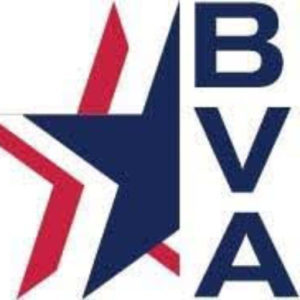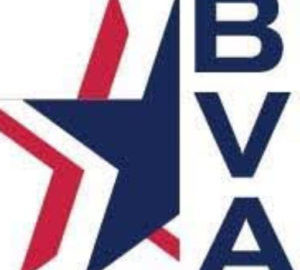BVA Chief of Staff Tim Hornik this week composed a brief historical summary of the Association’s role in the early beginnings of the first Department of Veterans Affairs (VA) Blind Rehabilitation Center, which officially opened on July 4, 1948, at the Hines, Illinois VA Medical Center. The Center held an open house and reception yesterday (July 20) commemorating the significance of 75 years of service to blinded veterans at the facility. Director of District 2 Brian Harris and Illinois Regional Group President Anthony Woodson represented BVA at the event.
One of BVA’s earliest priorities was to advocate for a comprehensive Blind Rehabilitation Center (BRC). At the time, World War II combat blinded veterans sensed the importance and value of the programs at Valley Forge and Avon Old Farms. However, with the end of the war, BVA recognized that a more comprehensive system of care needed to be established within the newly formed Veterans Administration. Otherwise, blinded veterans who wanted to learn how to live with their sight loss would be limited to the fragmented systems of state and nonprofit services for the blind. In 1947, BVA adopted resolutions calling for the establishment of a BRC. The organization worked closely with VA to make this a reality.
The Central Blind Rehabilitation Center, as it later became officially known, was a groundbreaking facility. It offered a wide range of services, including orientation and mobility training, communication skills training, activities of daily living training, and vocational rehabilitation. The Center also provided counseling and support services to help blinded veterans adjust to their new reality. Linking these modalities together, the congregate setting encouraged veterans to process the lessons learned together through peer support.
This first BRC was an immediate success, and it helped to pave the way for the development of others across the country. BVA has continued to play a leading role in the evolution of VA blind rehabilitation services that go far beyond the inpatient centers. The organization has advocated for increased funding for rehabilitation programs, and it has helped to develop new and innovative rehabilitation techniques. BVA has also worked to raise awareness of the challenges faced by blinded veterans, and to ensure that they have access to the services they need.
Today, there are 13 comprehensive residential Blind Rehabilitation Centers in the VA healthcare system. Additionally, approximately 160 Visual Impairment Service Team (VIST) coordinators provide VA’s lifelong case management care. Rounding out the BRS Continuum of Care are the Blind Rehabilitation Outpatient Specialists (BROS), Visual Impairment Service Outpatient Rehabilitation Services (VISOR), and the intermediate and advanced low vision clinics.
The future of blind rehabilitation is bright. With the continued support of organizations like ours, blinded veterans will have the opportunity to live independent and fulfilling lives.


